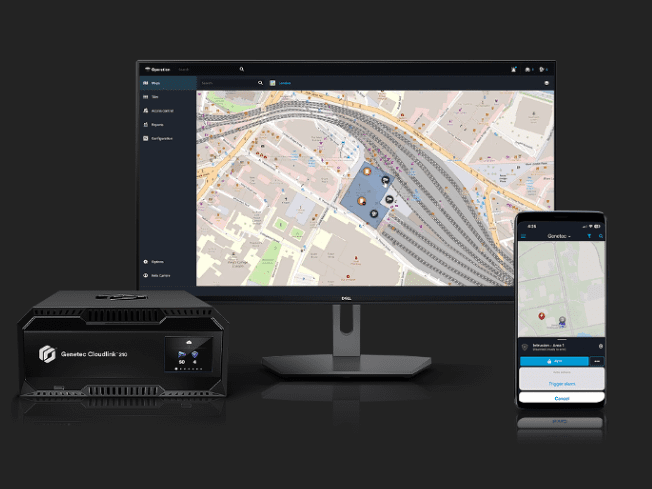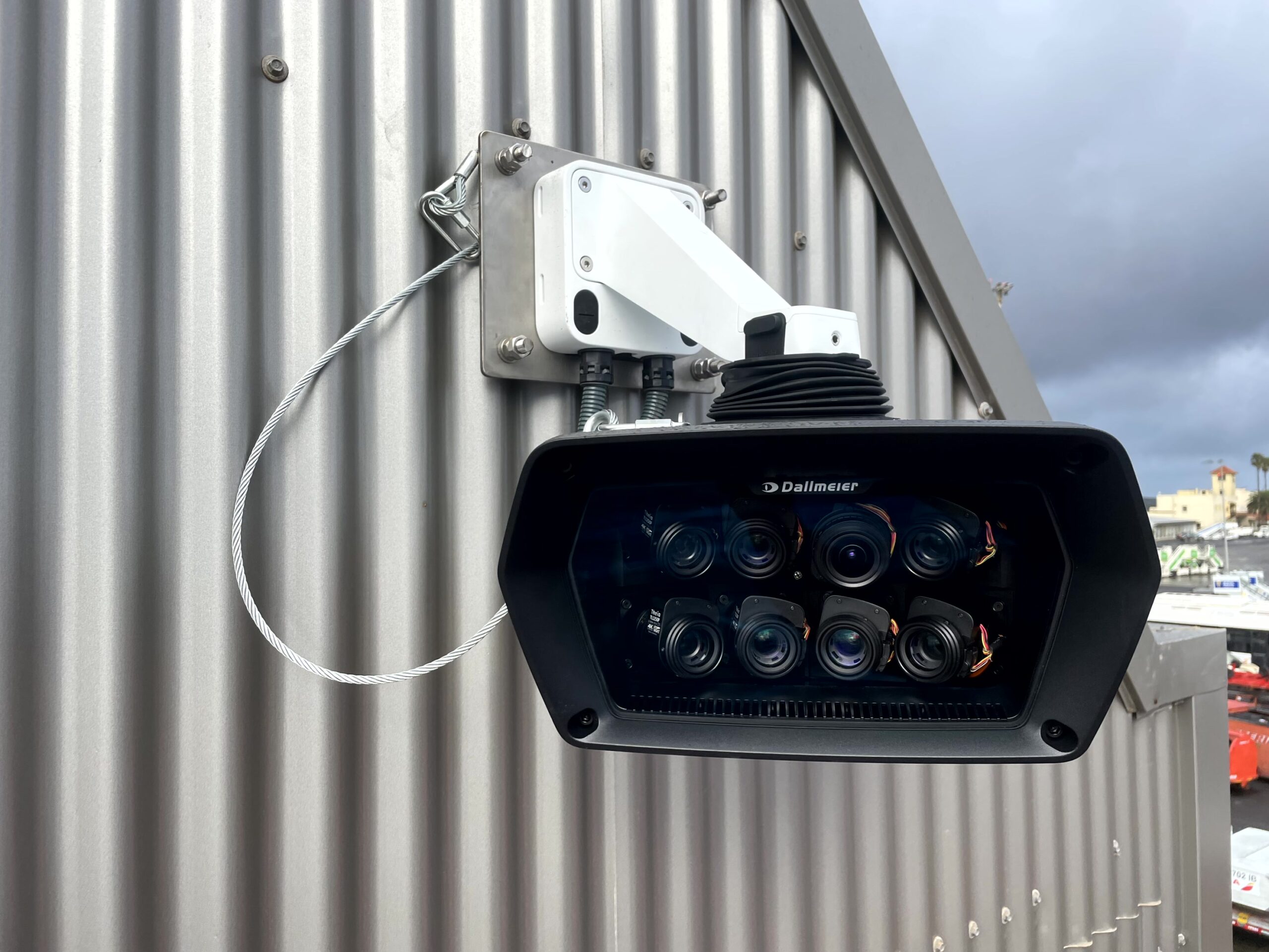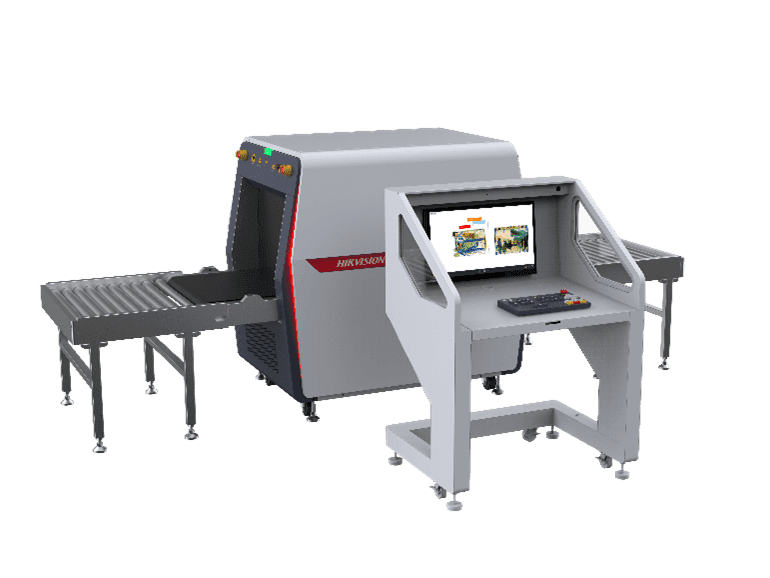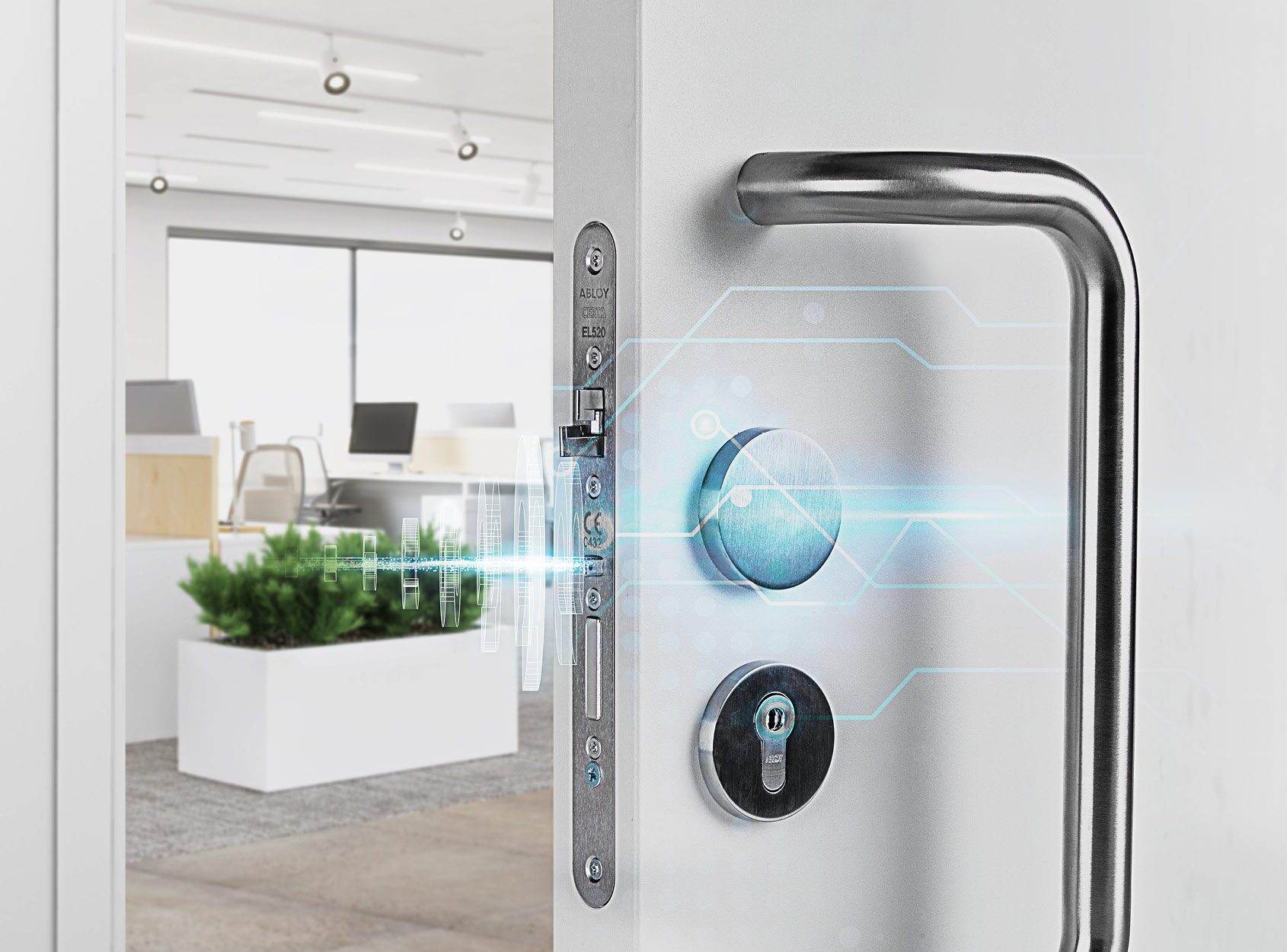Christian Fredrikson, CEO at Fingerprints explores how Biometrics is playing a leading role in access control, and discusses the benefits of fingerprint technology
It’s heartening to see biometric technology playing a role in helping people, communities and workplaces adapt to the changes triggered by the past year. The value of biometrics is reaching far beyond mobile and is set to become even more prominent in new areas. Most notably biometric payment cards are providing a route map to safer, more hygienic in-store payments, while smart homes and workplaces are becoming more secure and user friendly with biometric access control. Let’s take a look at where we are now, and where we’re headed next.
Maturing mobile market
After over a decade of integrations, mobile is the most mature and established market for consumer biometrics, with some 80% of smartphones shipped today now incorporating some form of biometric sensor. Biometrics is now consumers’ preferred method to authenticate on mobile. Recently we celebrated that our own sensors have been integrated in 500 mobile device models globally, in nine out of the top ten smartphone OEM brands. But this is by no means a static market. Mobile continues to grow, with 1.4 billion fingerprint sensors for smartphones projected to be shipped annually by 2026.
Crucially, this growth is driven by innovation. For manufacturers, ongoing R&D refinements to the biometric sensors themselves are enabling biometrics to support broader smartphone product development and innovation like foldable, full screen and 5G handsets. New fingerprint sensor shapes, for example, are important evolutions supporting OEMs as they push hard to differentiate their products.
Unlocking the device with the touch of a finger is now complemented with multiple new uses, such as operating the camera; volume and power control; and scrolling. Not to mention logical access to applications and payment authorisations. The latter in particular is proving popular, with Goode Intelligence predicting that over $1.67 trillion-worth of biometric payments will be made annually by 2023. The payments world is taking note too, with industry body EMVCo defining new security requirements for consumer device biometric authentication for payments. This recognition by payments industry heavyweights is a strong testament to the now central role of biometrics in this space, and we were delighted to start the year with news that our FPC1541 was first to achieve approval from EMVCo in line with new CDCVM Security Requirements.
Biometrics payments
Biometric payment cards are no longer “on the horizon” – they’re actually here, with major commercial rollouts from French banks BNP Paribas and Crédit Agricole underway.
Momentum has been gathering steadily for a few years, but it has undoubtedly gained additional traction as a truly touchless, hygienic and secure way to pay amid the ongoing worldwide public health measures. Our research indicates that a third of consumers now worry about infection from PIN-pads when paying in-store. To put that in context, this is now the same level of concern as handling cash. Traditional contactless is one answer, but an imperfect one. PIN authentication is required as soon as the regional contactless cap, which on average sits at around €50, is exceeded as well as on every fifth payment in Europe. Biometric payment cards provide a more reliable solution, enabling banks to safely remove the contactless caps so consumers can enjoy truly secure contactless payments, no matter the value.
Unsurprisingly, the tech is well-received by consumers, with new research suggesting that over half would actively change banks to get a biometric payment card. This is especially significant considering how hesitant consumers tend to be when it comes to switching banking providers or embracing new technology. It’s not just banks and consumers who benefit either – retailers, for example, are also seeing how the tech can enhance the checkout or POS experience, removing friction while increasing security and consumer confidence, without requiring any update to existing infrastructure. As we move through increasing commercial rollouts, it is exciting to see this technology in the hands of more and more consumers.
Innovation ahead
Call it the Swedish entrepreneurial mindset, but we’re always looking to innovate and identify new opportunities for refining and applying our technology. One of the most exciting new areas we’re seeing is the expanding potential for biometric access applications, most notably in smart home and smart workplaces.
While boosting workplace and remote working security has been a long-standing priority for many organisations, the last year has certainly increased the desire for more secure and convenient access – both physical and logical. Biometric access cards, with authentication on the card, are one example that improves security, convenience and hygiene for entry to shared workspaces. Touchless biometrics authentication – using face, iris or a combination of the two – is another convenient means to secure entry to buildings and busy, hygiene-conscious environments such as hospitals.
Meanwhile, biometric authentication is in increased demand as a more convenient and secure authentication method for both consumer and enterprise PCs. Our research has found that most consumers (66%) are tired of PINs and passwords, and 51% would prefer using biometrics to authenticate themselves. Solutions such as fingerprint-enabled PCs and USB dongles can offer a pain-free means for IT departments to secure access to VPNs and confidential files, without simply creating yet more clumsy and insecure PINs and passcodes. By 2026, approximately two-thirds of the 260 million PCs shipped yearly are estimated to have a fingerprint touch sensor.
Personalisation is also on the agenda. For example, colleagues could access their own individual settings on a shared work computer or, at home, profiles on a gaming console can be configured. Biometric sensors, familiar and trusted from smartphones, are ready-made to step into new elements of our daily life – from our front door to our personal or work PC. The possibilities are limitless – this market is one to watch.
It’s an exciting time for biometrics, as the value of the convenience and security it offers across multiple – and expanding – applications come to the forefront. Crucially, in recent circumstances, it’s proved itself to be an adaptable technology, which has also helped us to adapt to the recent changes in our daily lives.
Perhaps now more than ever it’s important not to look too far ahead, but as biometrics continues to solidify its place across several markets, we can be certain its ability to simplify our lives will continue to drive growth.
Education
Biometrics in education has been a growing sector to protect data facilities and research. For example, Saudi Arabia-based Educational Technology Company Limited (Edutacs) chose Biometric Signature ID for identity verification and remote proctoring to improve online learning in training centers and universities in the Middle East.
BSI and its patented technology BioSig-ID and BioSight-ID leverage gesture biometrics to ensure the student or user registered is the one doing the work and receiving credit. BioSig-ID lets users use a finger or mouse to draw a four-character password, and the technology will verify identity based on the unique drawing pattern. BioSight-ID is a remote proctoring solution that uses face anonymisation on a webcam to prevent the collection of personal data.
“We are very excited to work with Edutacs as we explore ways to expand the use of BSI’s solutions into universities and corporations throughout the Middle East,” Jeff Maynard, CEO, President and Founder BSI, said in the announcement. “Online learning creates cheating and fraud opportunities and it is paramount that we look for ways to combat this growing problem.”
“We’re very excited to partner with an innovative company at the forefront of biometric authentication,” said Abdul Muhssen H. Al Gahtani Executive Vice President, HAKA Group, Edutacs’ parent organisation, in a prepared statement. “BSI offers several unique solutions that not only help to deter cheating and fraud, but also provide a means of monitoring the user in a privacy sparring way that protects sensitive information. We look forward to introducing BSI’s solutions and service into the market as they will be well received throughout the Middle East.”
Phillippe Niederhauser, Head of Marketing, TBS Biometrics
The education sector involves a great number of professionals and alumni. With so many people in the makeup of a campus, accounting for who is present, when and where is fundamental for best management practices. Hence, security and attendance systems provide a way to track people in time and space. When these systems are biometric based, they provide accurate information and an extra layer of security. These are strong arguments to adopt biometric identification systems.
Through a network of devices, students can easily be registered and have their attendance in class accounted for – even if a student is in another campus elsewhere in the world. Furthermore, specific attendance to exams or mandatory modules can be tracked. The attendance data can be shared with teachers, parents and students alike.
Both teaching and administration bodies of schools benefit from the data integrity coming from a biometric time and attendance system. It tracks working hours regardless of user location, extra hours from permanent or temporary teachers, and allows direct linking to payroll systems. It thus provides the base for more efficient workforce management, identifying potential needs to hire new staff or adjust schedules.
TBS has a vast experience providing biometric systems for Access, Time and Workforce management for the benefit of educational institutions across the world. With accurate devices and seamless integration to other systems, TBS helps create the perfect conditions for modern school in the age of digitalisation. We invite you to visit our website to know more about our solutions.
Adam Stroud, CEO, Paxton
Access control is there to do a job; to keep unauthorised people out of a building or specific area. The rest of the time, we do not want to notice it; so, the more convenient we can make passing through an access point whilst maintaining security, the better for the end-user and system managers.
We have been making access control systems for over 30 years. Over the last decade we have seen a clear desire for customers to have a single point of management for their security systems, which includes access control, video surveillance and alarm systems.
Traditionally this has been achieved by integrating different products together, but unfortunately integrating systems is complicated. We believe that simple installation and a good user experience are key to value and effectiveness.
Tina D’Agostin, Chief Revenue Officer, Alcatraz
National systems integrator, IES Communications added the Alcatraz Rock autonomous access control solution to its security technology portfolio, to leverage the latest in biometrics – facial authentication – which is more secure and more hygienic, as it reduces touchpoints. Alcatraz is excited to partner with IES Communications to deliver autonomous access control. IES has a great reputation for delivering comprehensive and reliable security solutions, and we know that the Rock will be an important addition to their portfolio.
We offer a touchless and secure physical access control solution that works with any access control system. The Rock replaces or augments badging as a credential with facial recognition, 3D sensing, and artificial intelligence – to enable highly secure and frictionless entry into physical locations. The Rock uses machine learning for increased security and accurate tailgating detection while intelligently enrolling employees as they are badging in, eliminating the headaches associated with traditional onboarding. A mask detection feature – the Mask Enforcer – provides a mask detection mode to help businesses comply with government-mandated facemasks.


























